
Google Maps Rolls Out AI-Powered ‘Immersive View’ in Five Cities
Google is making significant improvements to Maps, including a new artificial intelligence-powered (AI) "Immersive View" that is available for select major cities.

Google is making significant improvements to Maps, including a new artificial intelligence-powered (AI) "Immersive View" that is available for select major cities.
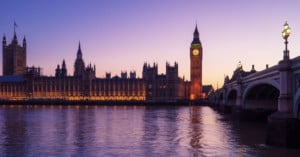
Photographers have been reporting that streetlights are turning purple, creating both annoyance and opportunity.
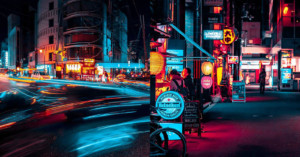
Photographer Xavier Portela’s shots of Kyoto, Japan, at night give a newfound appreciation for the neon charm of the city. Propelled by his vision to articulate and illustrate the various sounds, temperatures, and pulsating electricity of bustling cities, Portela’s images stir the imagination and set stories of intrigue and possibility adrift.
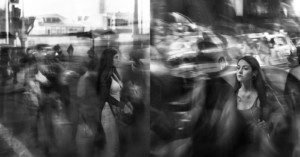
"The Sound of Silence" is a series by Chilean street photographer Eduardo Asenjo Matus, who uses long exposures to show people in flow of the city.
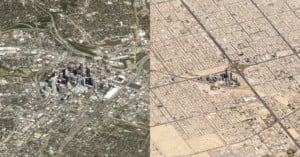
Satellite photos are generally shot straight down at the Earth and make the world look like flat, detailed maps. But shoot satellite photos at an angle, and suddenly they look like aerial photos captured from impossible heights with the world's longest telephoto lens.
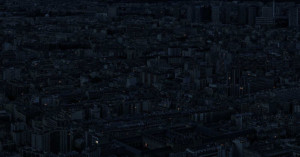
Alone Together is a photo project by Aristotle Roufanis that looks at the "loneliness of cities during the blue hour."
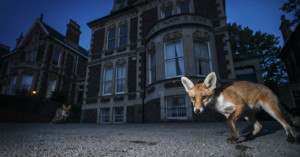
Bristol, UK-based Sam Hobson is a wildlife photographer with a difference from others: he primarily shoots wildlife that he can find in and around cities: foxes, badgers, deer, toads, squirrels, herons, ravens, pigeons, goshawks, falcons, gulls and others.
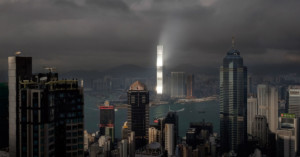
In 2015, photographer David Gaberle walked over 2,200 miles (3,600 kilometers) through some of the world's most metropolitan areas, photographing people in cities such as New York, Tokyo, Hong Kong, Shanghai, Sydney, London and Seoul. He's now turning this project into a book titled Metropolight.
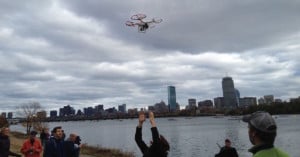
The FAA has been scrambling to come up with appropriate rules for multi-rotor camera drones since the flying machines took the world by storm a few years back. And while the first set of proposed rules were revealed a little over a year ago, it seems a US Government committee is already working on a very important update.
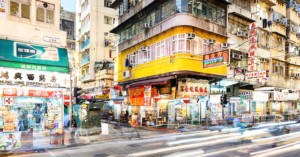
The idea of ‘average’ is strange, especially when it’s put into real-world situations and memories. The places most familiar to us change on a daily basis, even if it’s just the slightest bit, but when we look back, our brains piece together this conglomeration of what we’ve seen over the days, months and years to create a familiar, cohesive memory.
It was a similar line of thinking that inspired photographer Wolfgang Hildebrand to create his strangely chaotic compositions of city streets.
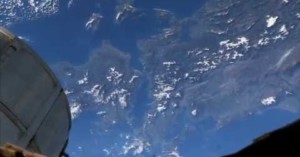
Ever wonder what it's like to stare out of the ISS cupola -- the massive window-filled module of the ISS, and an ideal spot for taking pictures of the Earth below -- as our planet zooms by below? Well, thanks to a new video from Inside ISS, now you can!
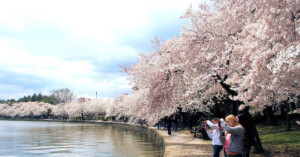
You carry a camera everywhere because you just never know when something or someone worthy of having its picture taken will appear. You also work plenty of weddings and events, or you may be a photo journalist for a newspaper. You are a photographer, and are always on the lookout for beauty. But what makes a city good for a working photographer? While it’s important that there are plenty things to photograph, these statistics are equally relevant as well.
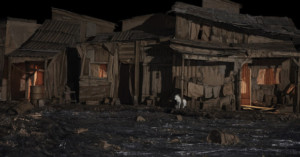
Just look at the above photo. It looks like an extremely well-lit photo of an abandoned wasteland in the middle of some old town, doesn't it? Well, while that might be what it's depicting, that isn't what it is. It's cardboard. All of it.
Titled Cardboard Cities, this collaboration between set-designer Luke Aan de Wiel and photographer Andy Rudak is sure to make some jaws hit the floor.
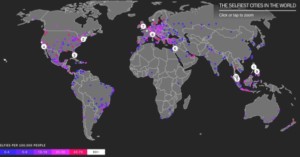
Selfies... for better or worse, they've become a staple of the society we live in. But where exactly lies the epicenter of this movement so many of us love to hate (or just maybe hate to love)?
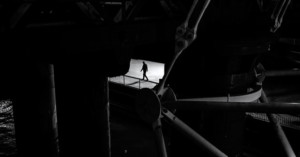
Want to see some beautiful street photographs that make use of light and shadows? Look no further than the project "Man on Earth" by London-based photographer Rupert Vandervell. Each image in the series shows a single person's figure framed by the shadows and features of a big city.
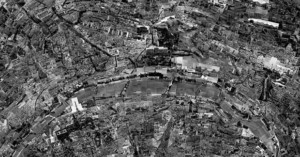
What you see above is a "map" of Paris created by collaging thousands of photographs shot in the city. It's just one of the amazing pieces in Japanese photographer Sohei Nishino's Diorama Map project. The series contains maps of many of the world's most famous cities, and all of them are photographed and collaged by hand.
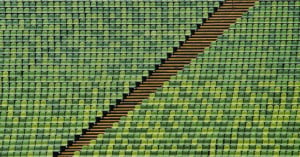
Take a look at photographer Jared Lim's portfolio, and many of his photographs might look to you like they're the product of liberal Photoshop Clones Stamp usage. They feature repeating shapes, colors, and patterns found in various cities' urban environments.
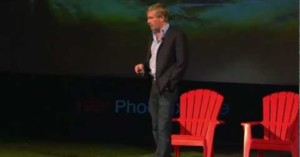
Last year, New York-based guerrilla historian, urban explorer and photographer Steve Duncan gave an 18-minute talk (seen in the video above) to the audience at TEDxPhoenixville. Duncan spoke on his motivations for going deep into the underground infrastructure in major cities around the world, peeling back layers of a city to see and document things that are hidden to people above ground.
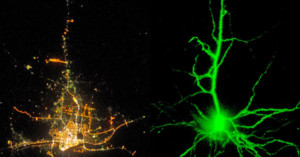
In the side-by-side images above, the photo on the left shows a city as seen by astronauts on the International Space Station, and then photo on the right shows a photo of a neuron imaged with fluorescence microscopy. One is massive and seen from a grand scale, while the other is microscopic and cannot be seen by the human eye, yet they look strangely similar in their structure.
Infinity Imagined has a gallery of these comparisons of cities and neurons, showing the strange and striking similarities between the two.

One method for capturing "multiple exposure" photographs is to shoot a long exposure photograph of a scene with your camera pointed in different directions while the shutter is open. Photographer Nicolas Ruel uses this concept in an ambitious project that has taken him around the world. Titled 8 Seconds, the series features famous cities around the world (e.g. New York City, Tokyo, Beijing, Barcelona) captured in surreal multi-exposure photographs.
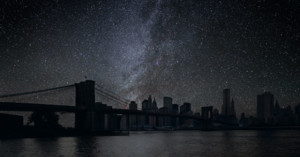
What would the world's major cities look like if they were plunged into complete darkness? Some photographers gave us a taste of it when New York City suffered major power outages during Hurricane Sandy, but those scenes were coupled with an overcast sky.

Freelance filmmaker Colin Mika scored a viral hit last year with his time-lapse video of Los Angeles shot through a snow globe. This past November, Mika created a followup video as a holiday Christmas card on behalf of Canadian law firm McCarthy Tétrault. He visited six cities across Canada and England: Vancouver, Calgary, Toronto, Québec City, Montréal and London.
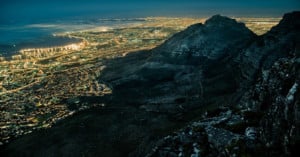
German photographer Jakob Wagner is a master of nighttime cityscape photography. For his series titled Nightscapes, traveled to various countries all over the world, shooting gorgeous images of urban environments that are teeming with points of light from buildings and cars.
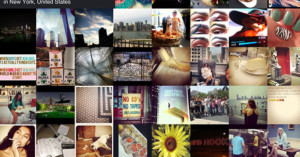
Instagram is a photo sharing service based around instant photo sharing and viewing, so why not take advantage of its real-time nature for gauging the "pulse" of a city?
This is Now is an awesome new website that shows you a live view of the world through the eyes of Instagram users.
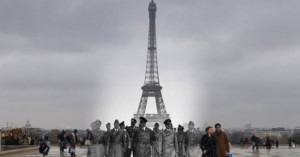
After collecting old World War 2 photographs taken in major European cities, Russian photographer Sergey Larenkov spent a year traveling around Europe to re-photograph the same scenes as they look today. He then carefully combined the old images with the new ones to create photographs that show two views of the same location captured over 60 years apart.
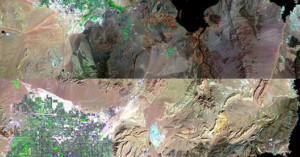
2008 marked the first time in history that more of Earth's population lived in cities rather than in the countryside, and by 2050 nearly 70% of the world's population will reside in large cities. A new series of satellite photographs captured decades apart by NASA's Landsat department and the U.S. Geological Survey offers a striking look at how human cities have spread across the face of the Earth in just a few short years. The image above shows Las Vegas in 1984 and in 2011.

Silent World is a project by Paris-based artists Lucie & Simon that shows post-apocalyptic views of famous locations around the world. All but one or two of the people in each location are removed from the scene. Rather than use multiple exposures and compositing the images to remove moving objects (e.g. people and cars), they chose to use a neutral density filter -- one that's normally used by NASA for analyzing stars -- in order to achieve extremely long exposure times during the day.
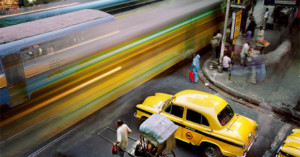
Metropolis is a project by photographer Martin Roemers that consists of long exposure photographs that show the bustle and chaos of large cities.
Specifically, I’m looking at the small stories of the street vendor, the commuter, the passer-by, the market stallholder and other pedestrians, who populate the street or are a part of the traffic. Despite the megacity and its mega-commotion, their environment still maintains a human dimension. I present this by photographing busy locations from above. Moreover, every photo has a long exposure time so that the big city’s vitality is shown through the movement of people and traffic while the image literally focuses on the small story in question. Every megacity is a theatre and every city has a different stage and different actors, but in the end every single one of them is trying to make its way in today’s modern society. [#]
The project was awarded 1st prize in the 2011 World Press Photo competition in the category "Daily Life".
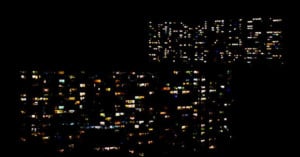
For his project Lightscapes by photographer James Reeve photographed cities at night, and then stripped away everything but the lights and windows. The technique turns both buildings and cityscapes into "anonymous patterns of light".
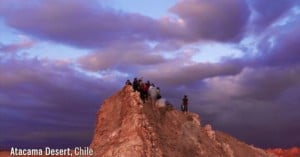
Photographer Kien Lam quit his job last year and embarked on a 343 …